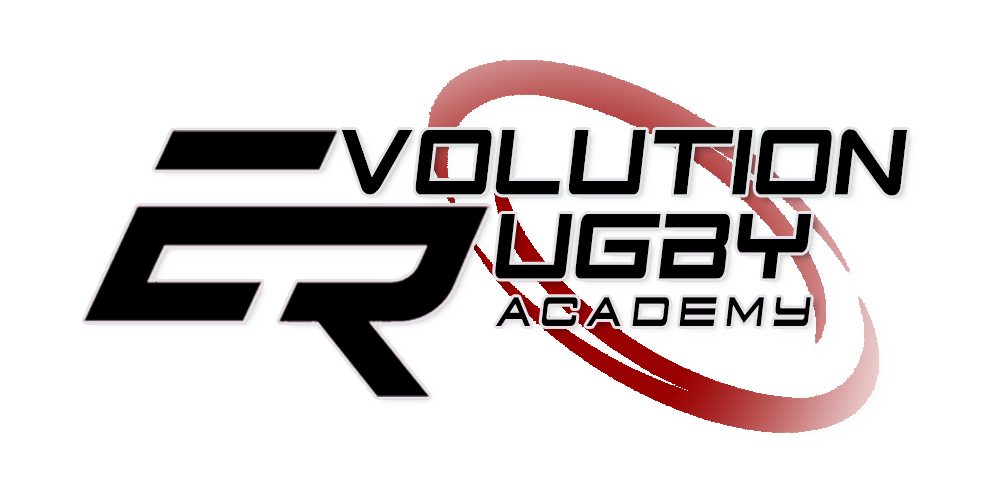Our Services
evolve . empower . embrace
correct & safe defence technique
In rugby, defending is important to prevent the opponent from scoring or gaining ground. The correct and safe defence technique starts with a strong and stable body position. The defender should keep their head up, eyes on the ball carrier and arms close to the body. It is important to make a legal and safe tackle by wrapping the arms around the waist or legs of the opponent. Avoiding high tackles or dangerous contact is crucial. Team communication and coordination are also essential for a successful defence.
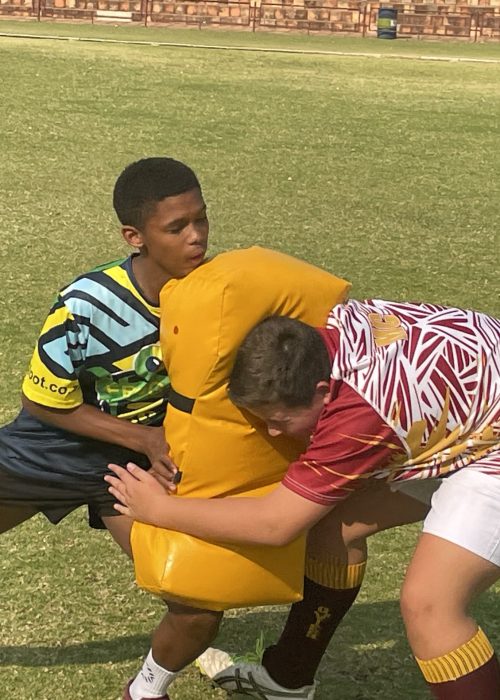

running technique
In rugby, running with the ball is an essential skill that requires proper technique to maximize speed and avoid injury. The primary objective is to maintain a low center of gravity to maintain balance and stability while running. Proper foot placement is also crucial in order to generate power and drive forward. Additionally, maintaining an upright body position while running will allow for quick directional changes and evasions of defenders. Developing good rugby running technique takes practice and patience, but it’s essential for success on the field.
all forms of kicking
Kicking is an essential skill in rugby. There are various forms of kicking, including the punt kick, grubber kick, drop kick, penalty kick, and conversion kick. The punt kick is used to clear the ball from the team’s own half, while the grubber kick is used to kick the ball along the ground to gain territory. The drop kick is used to score points or restart play after a try, while the penalty kick is awarded to a team and used to score points. The conversion kick is taken after a try and is used to add extra points to the team’s score.
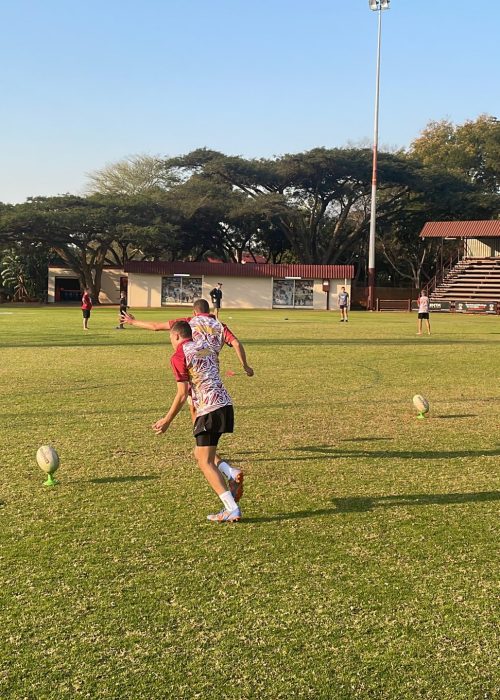
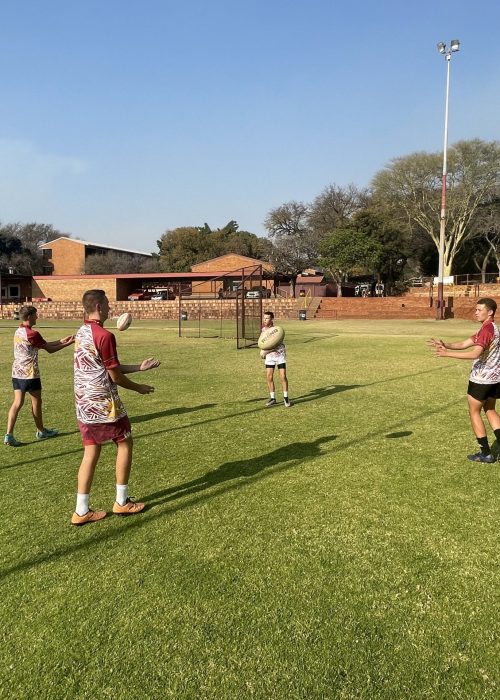
Ball handling
Ball handling is a crucial skill in rugby. It involves the ability to manipulate the ball with the hands to pass or catch it. Common techniques include two-handed passing, one-handed passing, and offloading the ball in a tackle. Players must also be able to catch high or low passes, as well as field kicks and restarts. Effective ball handling requires coordination, dexterity, and spatial awareness, and can make the difference between winning or losing a game.
Team Skills
Team skills are essential in rugby. Players must work together to move the ball down the field and score points. Communication, trust, and selflessness are all crucial elements of successful teamwork. Players must support each other in both offence and defence, utilising tactics such as coordinated pushes, scrummages, and lineouts. Good team skills can produce a cohesive, effective rugby squad that can dominate the pitch.

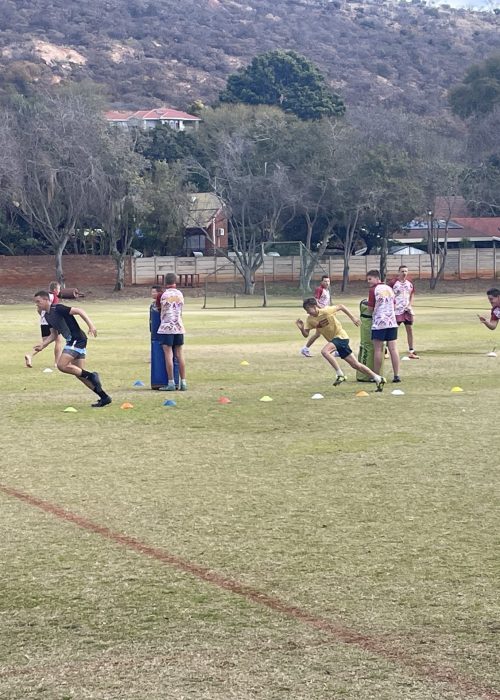
Communication Skills
Clear and effective communication is vital in rugby to ensure that players are working together efficiently and making the right decisions in the heat of the game. Verbal cues and hand signals are used to coordinate plays and set up defensive strategies. Players also need to communicate effectively in scrums, lineouts, and rucks to ensure everyone is on the same page. Good communication skills can be the difference between a successful try or a missed opportunity in a rugby match.
Specific Position Skills
Rugby requires specific skills for each position, from the brute strength of the front row to the agility of the back line. Props and hookers must have excellent scrummaging technique, while locks need to be tall and strong to secure lineouts. Flankers must be quick and powerful, while number eights need to be skilled ball carriers. Fly halves must be able to make decisive decisions and pass accurately, while wings and fullbacks must be fast, agile, and tackle well. Successful rugby players must master the skills specific to their position in order to perform as part of a cohesive team.

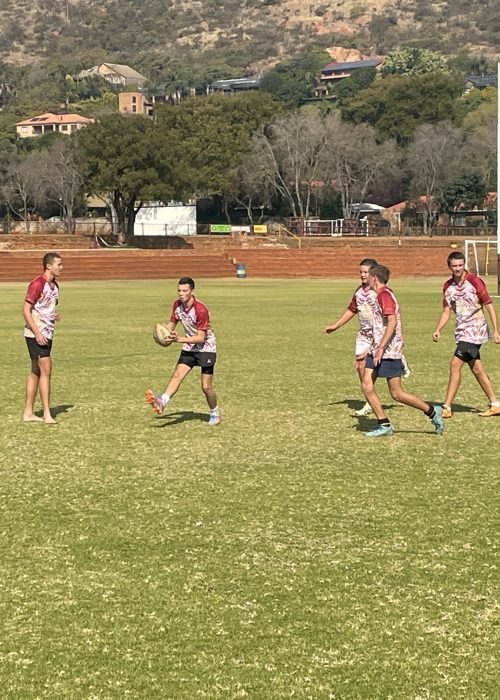
Hand-Eye coordination
Hand-eye coordination is crucial for success in rugby, where players must catch, pass, and kick the ball with accuracy. This skill requires the ability to track the ball with the eyes while simultaneously adjusting hand movements. In rugby, hand-eye coordination is most important for players in the back line, including the fly half, wings, and fullback, who rely on quick reactions and precise movements to evade defenders and create scoring opportunities.
Strength & Conditioning
Strength and conditioning training is a crucial aspect of rugby, with players needing to possess physical strength, speed, power, and endurance. This training helps improve performance on the field and reduces the risk of injury. Rugby players typically engage in weightlifting, plyometrics, sprinting, and agility drills to build muscle and improve their aerobic and anaerobic fitness levels. Effective strength and conditioning training can give rugby players the edge they need to excel in this physically demanding sport.
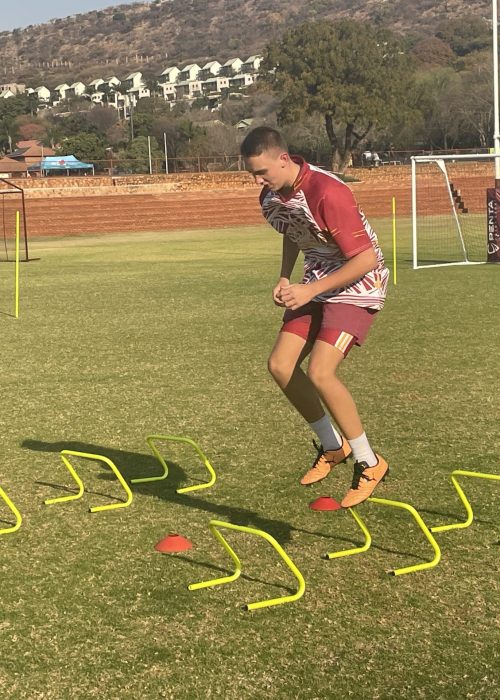
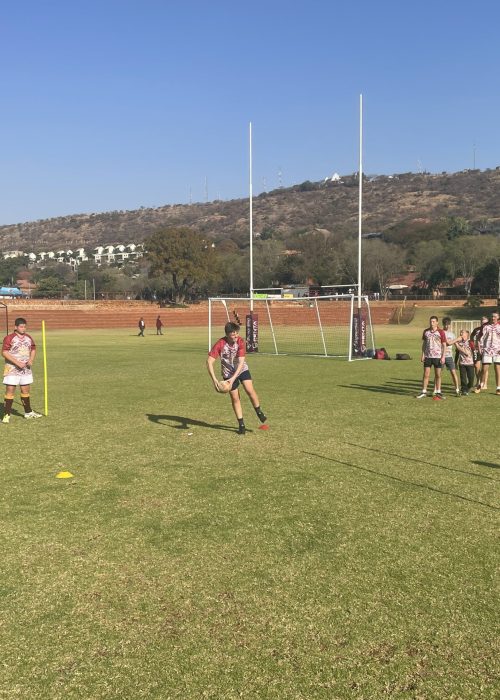
Space & Motor Orientation
Space and motor orientation are crucial elements of rugby, as players must accurately assess their surroundings and quickly make decisions on where and how to position themselves on the field. This involves spatial awareness, the ability to read the movements of opponents and teammates, and quick reflexes. Effective motor orientation allows players to make quick, responsive movements with precision and accuracy, helping to avoid tackles, make successful passes, and ultimately contribute to a winning rugby performance.
